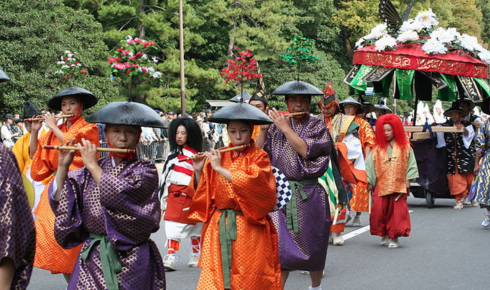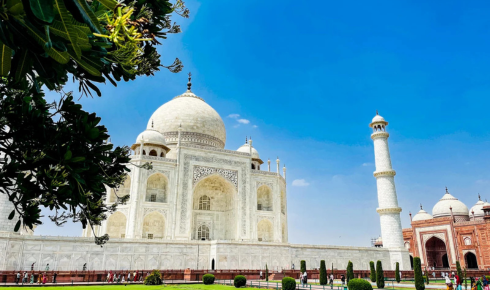Japan is home to a dazzling array of festivals, known as “matsuri,” celebrated throughout the year. These vibrant events are not only a feast for the senses but also a fascinating window into Japanese culture and tradition. From traditional rituals to elaborate costumes and lively processions, Japanese festivals offer an unforgettable experience for locals and visitors alike. If you’re planning a culturally immersive vacation, exploring these festivals can be a highlight of your Japan tour package.
Major Japanese Festivals to Know
- Gion Matsuri – Kyoto
Held every July in Kyoto, Gion Matsuri is one of Japan’s most famous festivals. With a history dating back over a thousand years, the celebration features massive, ornately decorated floats parading through the streets. Locals don traditional yukata (summer kimono), and the atmosphere is vibrant with lanterns, street food, and music. The event originated as a purification ritual to ward off plagues and continues to symbolize communal unity and cultural pride.
- Awa Odori – Tokushima
If you want to dance like a local, Awa Odori in Tokushima is the place to be. Celebrated during Obon in mid-August, this dance festival brings thousands of performers and spectators together. Participants wear colorful yukata and straw hats and perform lively choreographed dances to traditional instruments like shamisen and taiko drums. It’s an open invitation for anyone to join and enjoy the rhythm of summer.
- Sapporo Snow Festival – Hokkaido
Taking place in early February, the Sapporo Snow Festival transforms Hokkaido’s capital into a winter wonderland. Intricately carved ice and snow sculptures line Odori Park, some towering over 15 meters high. Night illuminations, snow slides, and food stalls make this a magical experience. It’s one of the most popular winter events in Japan, drawing over two million visitors annually.
- Tanabata – Nationwide
Also known as the Star Festival, Tanabata is held in early July or August, depending on the region. Based on an ancient Chinese legend, the festival celebrates the meeting of the deities Orihime and Hikoboshi, represented by the stars Vega and Altair. Streets are decorated with colorful streamers and bamboo branches filled with handwritten wishes. The Sendai Tanabata Festival is particularly famous for its grandeur.
Cultural Significance of Costumes
Traditional attire plays a vital role in these festivals. From ornate kimono during Kyoto’s Gion Matsuri to the playful happi coats worn during summer parades, each costume tells a story of region, era, and tradition. The garments are not only aesthetic but also help preserve age-old customs and enhance the celebratory spirit.
Food and Festive Atmosphere
No festival is complete without food. From takoyaki (octopus balls) and yakitori (grilled skewers) to regional sweets and sake, matsuri food stalls—known as yatai—offer a delicious slice of Japanese street cuisine. Live music, fireworks, and games like goldfish scooping add to the fun-filled ambiance.
Why Include a Festival in Your Japan Tour Package?
Attending a festival during your trip to Japan adds a unique layer of cultural immersion that standard sightseeing cannot provide. Many Japan tour packages can be customized around festival dates, allowing travelers to participate in authentic traditions while exploring famous destinations. Whether it’s witnessing lantern-lit parades or joining a dance circle, these experiences become cherished memories.
Conclusion
Japanese festivals are more than just events—they’re celebrations of life, history, and community. From centuries-old rituals to modern interpretations, these matsuri offer a rich cultural experience that deeply resonates with locals and travelers alike. So when considering your next getaway, look into Japan vacation packages that align with these spectacular festivals and make your journey truly unforgettable.
Also Read: Exploring Osaka Castle 2025: Tips, History & What to See!




